Celebrate Canada’s Agriculture Day and Beef Producers who Safeguard the Environment
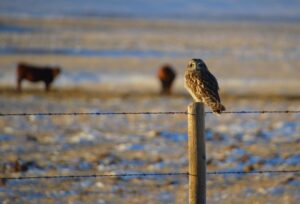
Today, we celebrate Canada’s Agriculture Day. Canadian beef farmers raise cattle, produce nutritious beef, provide jobs, and create economic value, making the beef sector an important part of Canada’s agriculture and food community.Canada’s beef producers also play a vital role in taking care of the environment, a large responsibility that farmers and ranchers are not always credited for. While there is still room for improvement on some fronts, there is much to celebrate while the beef sector continues to improve its environmental track record. These facts demonstrate some of the valuable ways in which beef producers manage environmental resources:
- Beef producers steward sensitive grassland and riparian ecosystems that provide many ecological, economic, and societal benefits. These ecoservices include biodiversity conservation, flood control, and habitat for species at risk, wildlife, birds and pollinators, and more.
- Beef cattle make use of steep, erosion-prone, rocky, or forested land
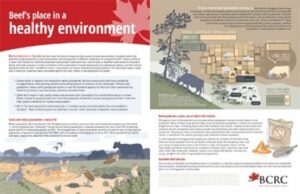 that cannot grow crops for human consumption. This marginal agricultural land is unsuitable for crop production, yet it is well-matched for grazing, which is a natural disturbance necessary to support rangeland habitat, improve forage production, and enable nutrient cycling. Grazing cattle upcycle the forage grown on marginal land into nutrient rich beef.
that cannot grow crops for human consumption. This marginal agricultural land is unsuitable for crop production, yet it is well-matched for grazing, which is a natural disturbance necessary to support rangeland habitat, improve forage production, and enable nutrient cycling. Grazing cattle upcycle the forage grown on marginal land into nutrient rich beef. - Farmers are reducing their use of fossil fuels and synthetic fertilizers by using innovative grazing management strategies and seeding cover crops to improve their soils and increase forage production.
- Producers reduce greenhouse gas emissions and improve feed efficiency by implementing growth promoting technologies that maintain a high standard of food safety and animal health.
- Cattle make a significant contribution to reducing food loss. Canada has committed to the United Nations goal to cut global food loss (e.g. harvest and storage losses, crop residues and processing by-products) and food waste (retail, restaurants and home) in half by 2030. Cattle convert high fiber crop residues and food processing by-products into high quality protein more efficiently than other livestock.
- Science and innovation have reduced the overall environmental footprint of Canadian beef. Researchers found that producing each unit of Canadian beef used 17% less water, required 29% less breeding cattle, 24% less land, and produced 15% less greenhouse gases in 2011 compared to 1981. The beef sector is committed to emissions reductions and have set a 10-year goal to reduce greenhouse gas emissions 33% during the primary production phase by 2030.
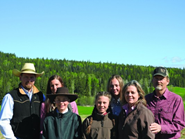
With a focus on fact, innovation and communication, Canada’s beef producers strive to continually improve environmental outcomes. Today, as we celebrate Agriculture Day and beef for their important contributions to agriculture and food, let’s also celebrate the role they play in managing Canada’s environmental landscapes.
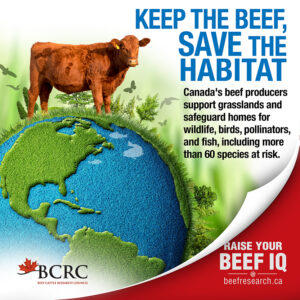
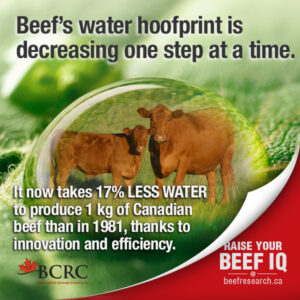
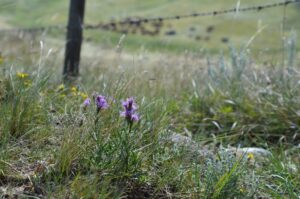
Click here to subscribe to the BCRC Blog and receive email notifications when new content is posted.
We welcome your questions, comments and suggestions. Contact us directly or generate public discussion by posting your thoughts below.
The sharing or reprinting of BCRC Blog articles is welcome and encouraged. Please provide acknowledgement to the Beef Cattle Research Council, list the website address, www.BeefResearch.ca, and let us know you chose to share the article by emailing us at [email protected].